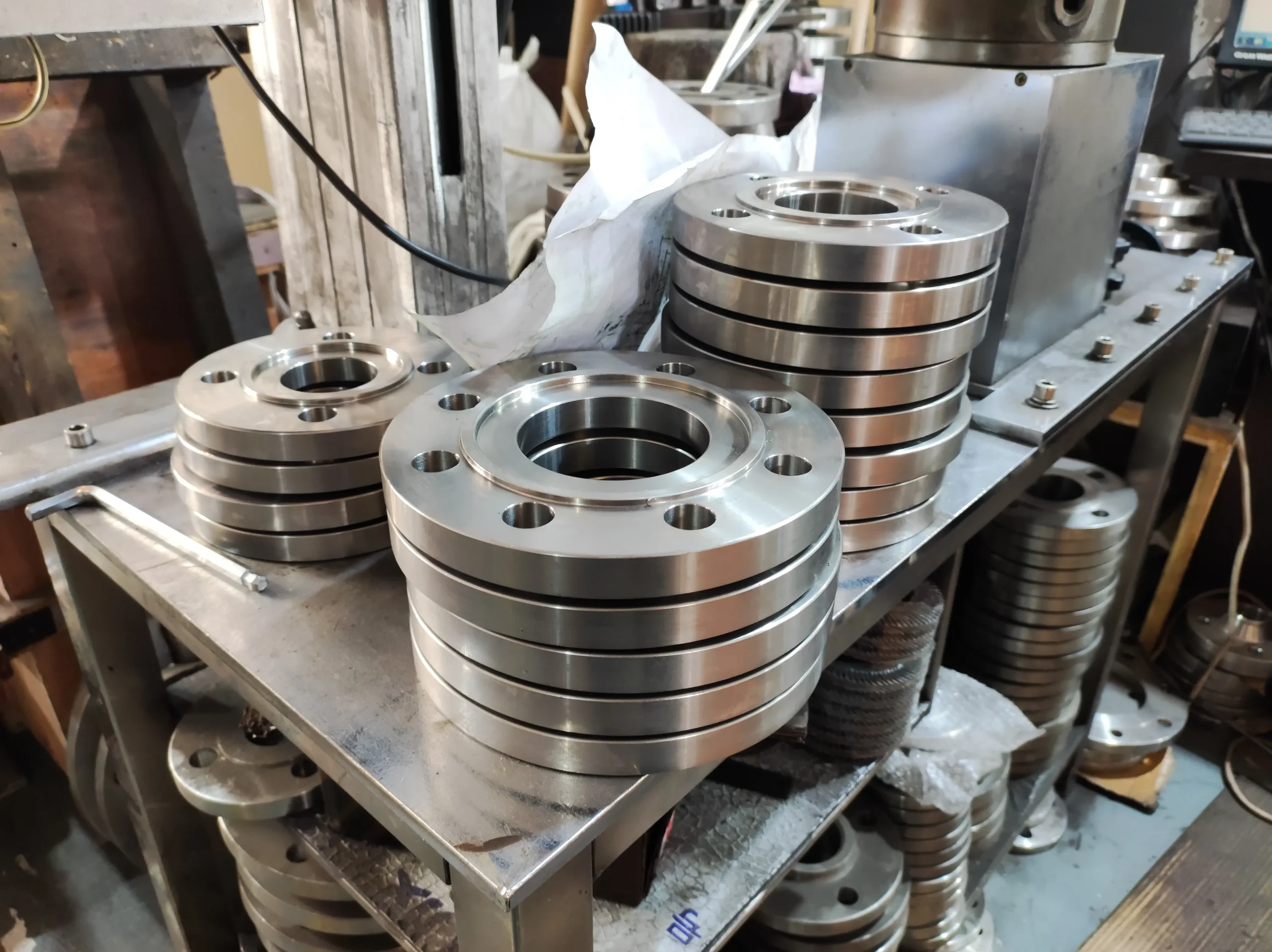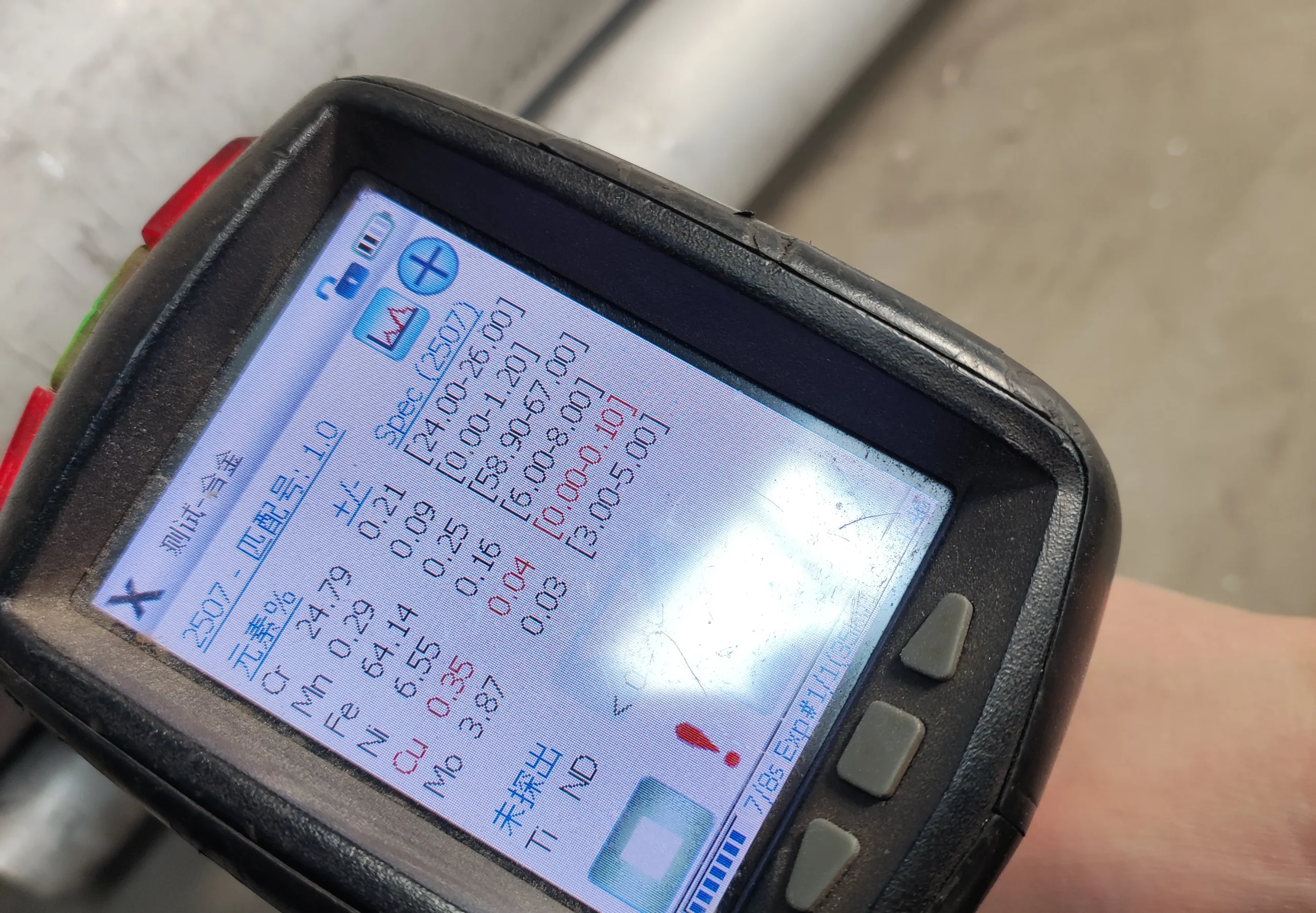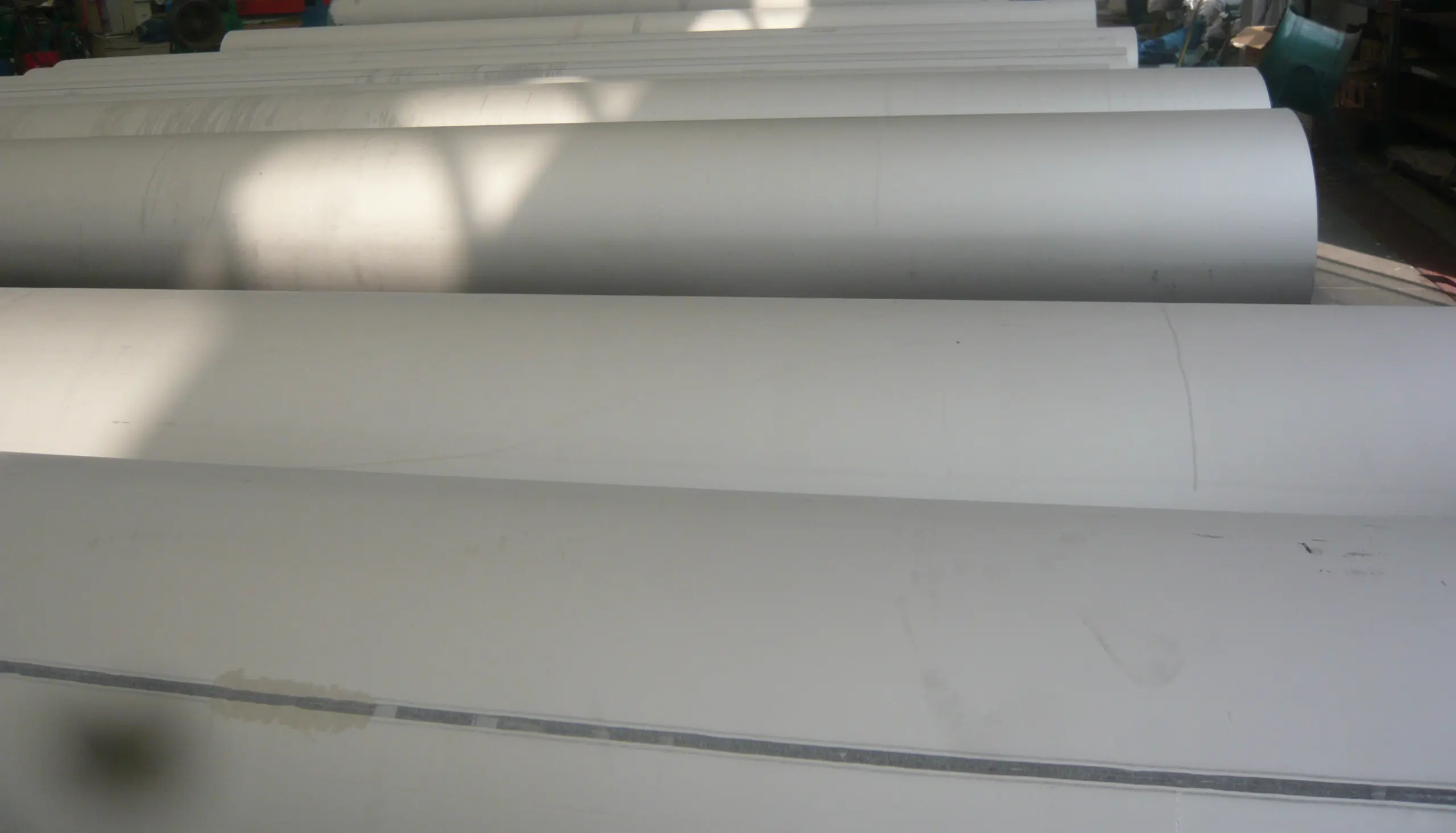At low temperature, the stainless steel tubing will have a great change in resistance, linear expansion coefficient, thermal conductivity, mass melting and magnetic properties.
Major changes
- Resistance, linear expansion coefficient becomes small at low temperature;
- Thermal conductivity and mass heat capacity decrease sharply at low temperatures;
- Young’s modulus (longitudinal elastic modulus) increases as the temperature decreases;
- The formation of martensite at low temperatures makes SUS304 (18Cr-8Ni), a representative type of austenitic stainless steel, non-magnetic at normal temperature, but becomes magnetic at low temperatures.

Regarding ferritic stainless steel tubings at low temperatures, low-temperature brittleness like carbon steels exists, while austenitic steels do not. Therefore, ferritic or martensitic stainless steels suffer from low temperature embrittlement while austenitic stainless steels or nickel-based alloys do not show low temperature embrittlement.
Ferrite stainless steel pipes such as SUS410 (13Cr) and SUS430 (18Cr) show a sharp drop in impact value at low temperatures. Therefore, it is necessary to pay special attention when using it at low temperature.
As a method to improve the impact toughness of ferritic stainless steel, a high purification process may be considered. When the C and N levels are controlled and the embrittlement temperature is improved in the range of -50 ° C to -100 ° C, it is possible to use it for freezing-related projects.



